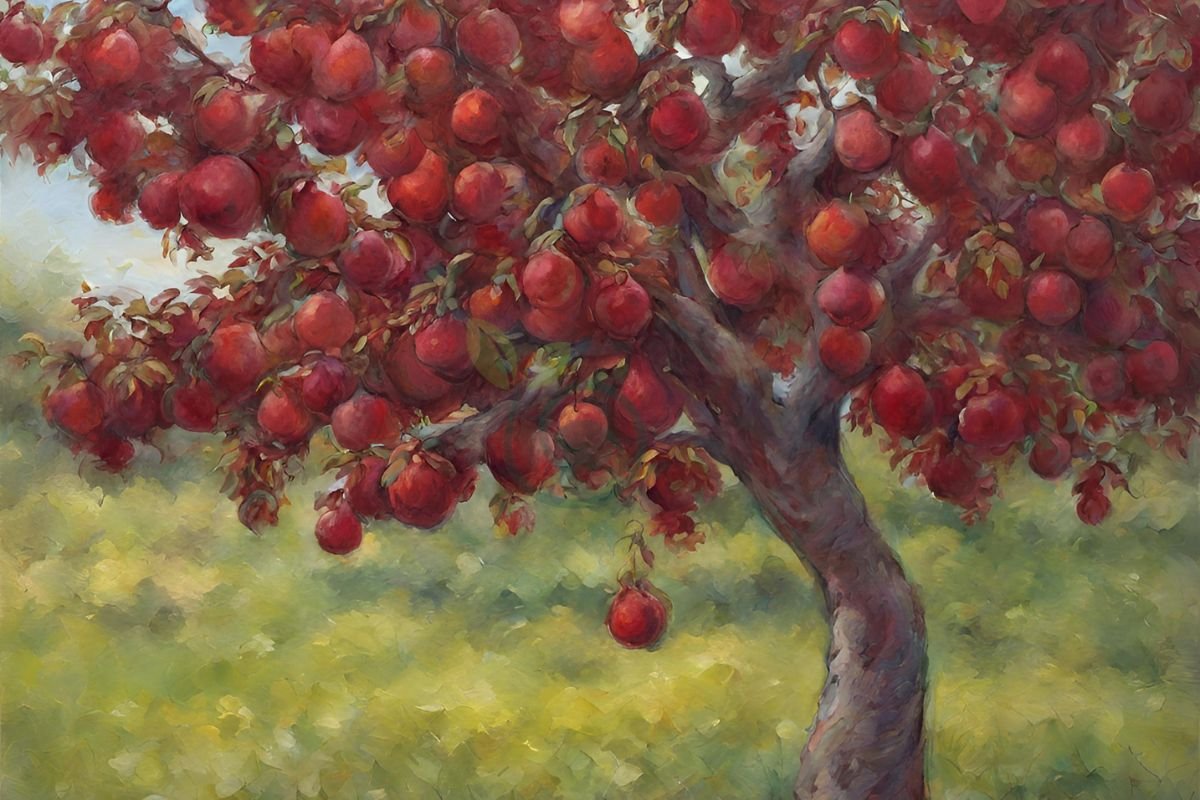
Did you know that a mature red pear tree plant can produce up to 600 pounds of fruit each year? That's an astonishing amount of delicious, juicy pears! If you're considering adding a touch of natural beauty and bounty to your garden or orchard, then the red pear tree is an excellent choice. In this post, we'll delve into everything you need to know about nurturing and enjoying the fruits from these stunning trees.
From planting and care tips to harvesting and culinary uses, we've got you covered with recipes. Whether you're a seasoned gardener or just starting out, cultivating a red pear tree can be both rewarding and fruitful – pun intended! So, let's roll up our sleeves and explore the wonderful world of red pear trees.
Unveiling Red Pear Trees
Red pear trees yield several popular varieties, including Red Bartlett and Red Anjou. These are well-known for their vibrant red skin and juicy, sweet flesh. Other notable red pear types include Starkrimson, Red Clapp's Favorite, as well as the smaller-sized Seckel and Forelle pears.
These varieties vary in terms of flavor, texture, and appearance. For instance, Red Bartlett pears are characterized by a classic bell shape with a smooth skin boasting a glossy finish. On the other hand, Starkrimson pears feature an intense crimson hue that sets them apart from other red pear varieties.
Identifying Features
The distinctive bell shape of red pears makes them easily recognizable among other fruit varieties. Their smooth skin with a glossy finish adds to their visual appeal while also contributing to their shelf life by protecting the delicate fruit inside.The flesh of red pears is not only juicy but also known for its exceptional sweetness.
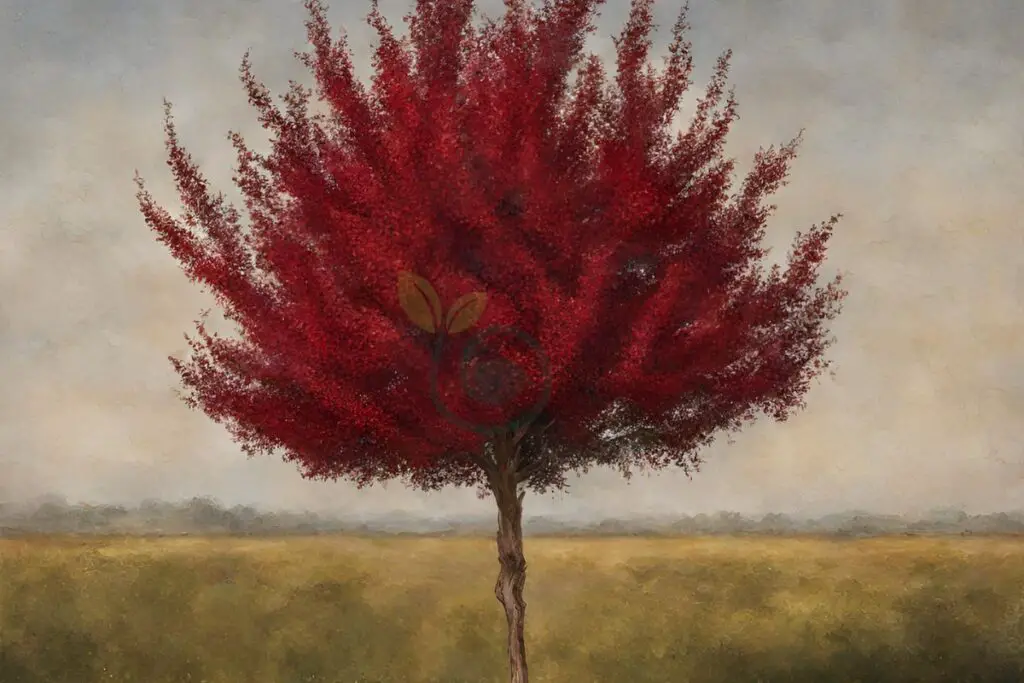
Seasonality Insights
Red pear trees bear fruit primarily from late summer through early winter. The peak harvest time for these delectable fruits usually falls within the autumn months when they reach optimal ripeness and flavor profile. It's important to note that different varieties of red pears may have slightly varied peak seasons due to differences in growing conditions and maturation rates.
Historical Roots
The cultivation of red pear trees has deep historical roots dating back centuries across ancient Europe and Asia. In ancient Roman culture, these luscious fruits were prized for their rich flavors and symbolic significance in various rituals and feasts.
Similarly, ancient Chinese cultures held red pears in high regard due to their perceived medicinal properties and auspicious symbolism associated with the color red.
Delving into Red Bartlett Pears
Appearance
Red pear trees produce fruits with a striking appearance. The skin of red pears varies from vibrant crimson to deep maroon, creating an eye-catching display in orchards and gardens. When you slice into a red pear, you'll find that the flesh is creamy white with a delicate pinkish hue near the core. Red pears boast a distinctive shape characterized by a slender, elongated neck and a rounded base.
The unique appearance of red pears makes them not only delicious but also visually appealing for various culinary uses. Their vibrant color can enhance the presentation of salads, desserts, and cheese platters.
Taste Profile
. These fruits delight the palate with their delicate sweetness complemented by subtle floral notes. As they ripen, they develop a tender and buttery texture that adds to their overall appeal when eaten fresh or incorporated into recipes.
Moreover, some varieties of red pears may surprise your taste buds with hints of citrus or spice flavors. Whether enjoyed on their own or as part of savory dishes or desserts, these nuanced flavor profiles make red pears versatile ingredients in the kitchen.
Red Bartlett Pears are not only delectable but also pack quite the nutritional punch! These fruits are rich in dietary fiber which aids digestion and promotes gut health while keeping you feeling full for longer periods. Moreover, they are excellent sources of vitamin C – an essential nutrient known for its immune-boosting properties.
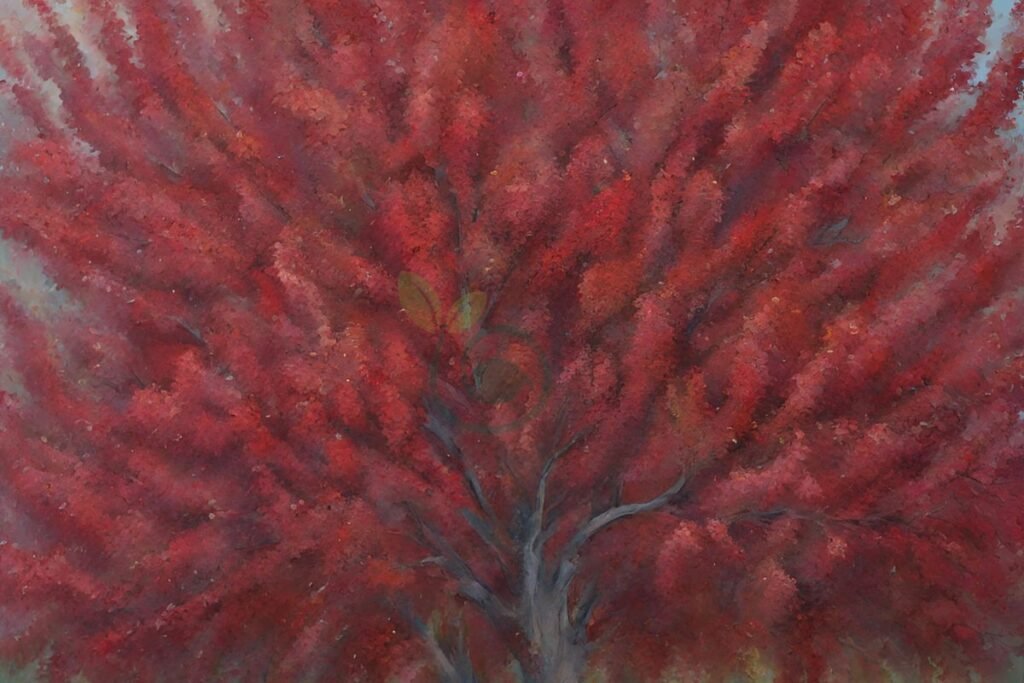
In addition to being low in calories (making them an ideal snack option), Red Bartlett Pears are fat-free—a perfect choice if you're looking for healthy yet satisfying treats! Furthermore, these delightful fruits provide essential minerals such as potassium and copper—contributing to overall well-being when included as part of a balanced diet.
To enjoy Red Bartlett Pears at their peak flavor and texture:
- Place unripe red pears at room temperature until they yield gently to pressure near the stem end.
- Once ripe, store them in refrigeration to maintain freshness.
- If you want to accelerate ripening process ethylene-producing fruits such as bananas can be placed alongside them.
Dwarf Red Bartlett Pear Trees
Red pear trees, such as the Dwarf Red Bartlett Pear Trees, are prized for their compact growth. This characteristic makes them perfect for small gardens or orchards. They can also thrive in containers or be espaliered against walls or fences. The compact nature of these trees not only saves space but also makes it easier to manage pruning and harvesting.
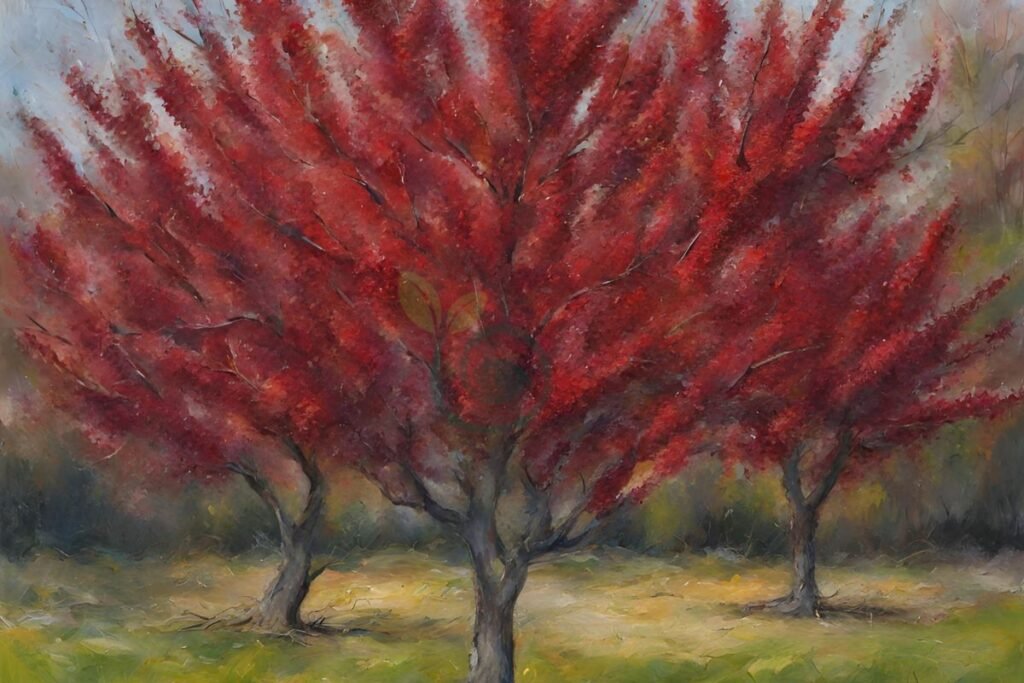
The smaller size of red pear trees allows gardeners with limited space to enjoy growing fruit trees. For example, those living in urban areas with small yards can still cultivate a beautiful red pear tree without worrying about it taking up too much room. The manageable size facilitates maintenance tasks like pruning and picking fruits, making the whole process more convenient for gardeners.
Red Clapps European Pear Overview
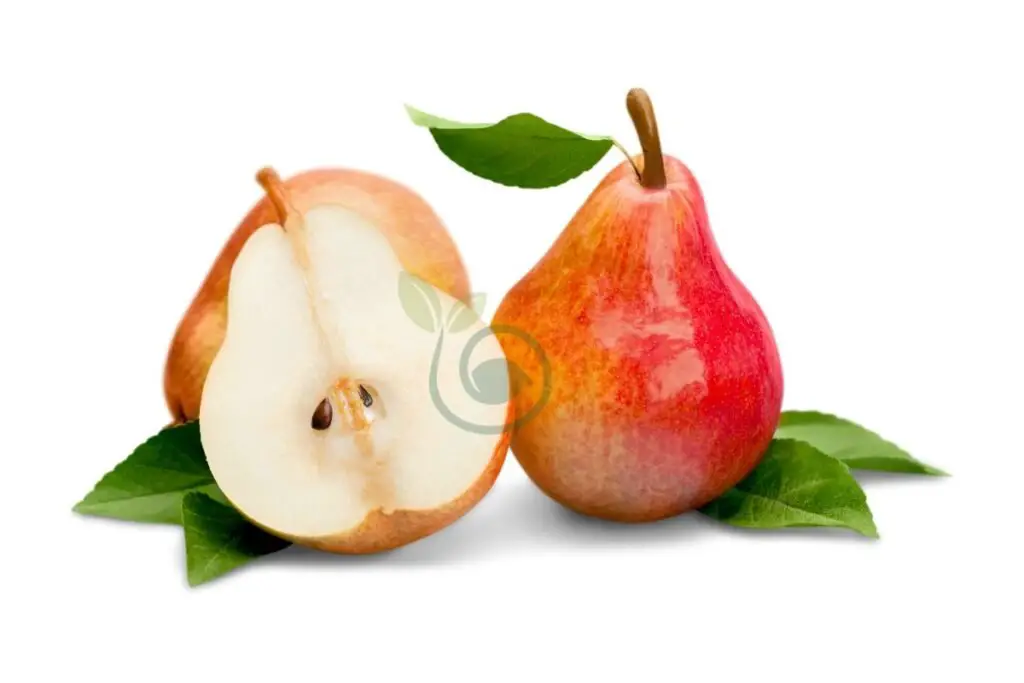
Distinct Qualities
Red pear trees are known for their vibrant color and elegant appearance. The rich, red hue of the pears makes them visually appealing in any orchard or garden setting. Their sweet flavor profile sets them apart from other pear varieties, making them a favorite among fruit enthusiasts. The compact growth habit of red pear trees distinguishes them from larger fruit tree species. This means that even in smaller spaces, individuals can enjoy cultivating these beautiful and delicious fruits.
For example, when compared to traditional green pears or other types of fruit trees like apples or peaches, the striking red coloration of these pears instantly captures attention in any landscape.
Growth Habit
Red pear trees exhibit an upright growth habit with dense foliage. Their vertical growth pattern allows for efficient space utilization while still providing a bountiful harvest. With proper pruning and care, they develop a symmetrical canopy that further enhances their aesthetic appeal.
This growth habit is especially beneficial for urban gardens or small orchards where space may be limited but there is still a desire to grow one's own fresh produce. The ability to maintain an organized and manageable canopy through careful pruning ensures that each tree can reach its full potential without overwhelming its surroundings.
Cultivating Red Pear Trees
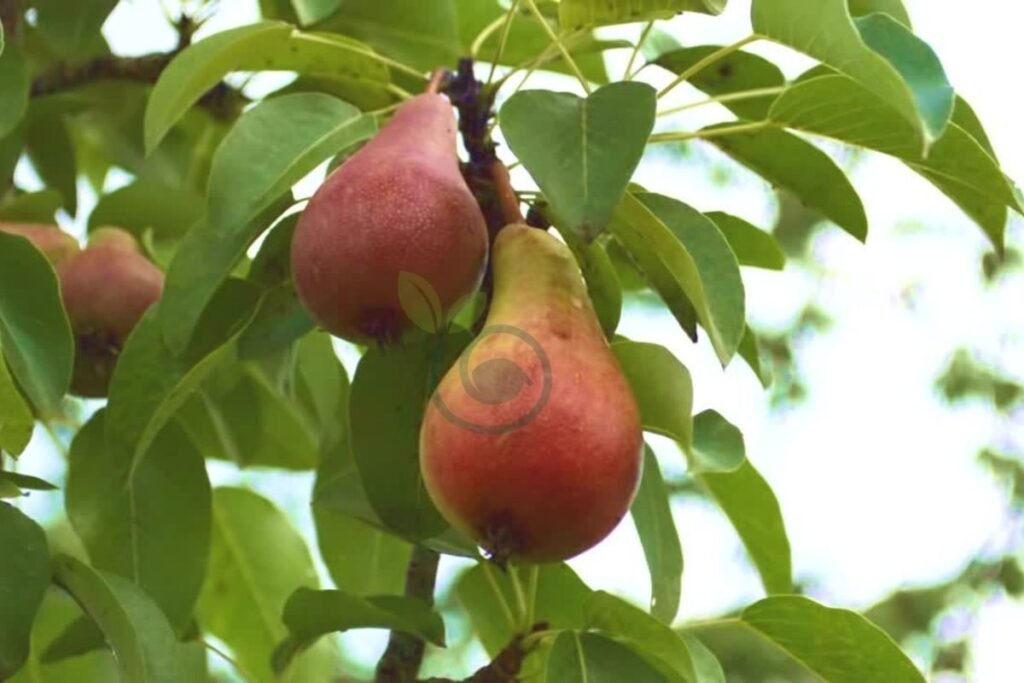
Pruning Essentials
Pruning red pear trees is essential for maintaining their health and productivity. Regular pruning helps in promoting air circulation within the tree canopy, allowing sunlight to penetrate effectively. When conducting pruning sessions, focus on removing water sprouts, crossing branches, and dead wood. It's important to avoid heavy pruning during the growing season as it may stress the tree.
Proper pruning of red pear trees encourages the growth of strong limbs and reduces the risk of disease by eliminating overcrowded areas where pests can thrive. By staying vigilant with your pruners, you can ensure that your red pear tree remains healthy and continues to yield delicious fruit year after year.
Spacing Considerations
When planting multiple red pear trees, spacing them adequately is crucial for their overall well-being. Space each tree at least 15 feet apart to allow for ample sunlight exposure and efficient air circulation. This spacing also facilitates ease of maintenance by providing enough room for maneuvering around each tree.
Maintaining a suitable distance between rows further enhances accessibility when tending to your red pear trees. Proper spacing not only contributes to healthier individual trees but also creates an organized and manageable orchard layout.
The Culinary Delights of Red Pears
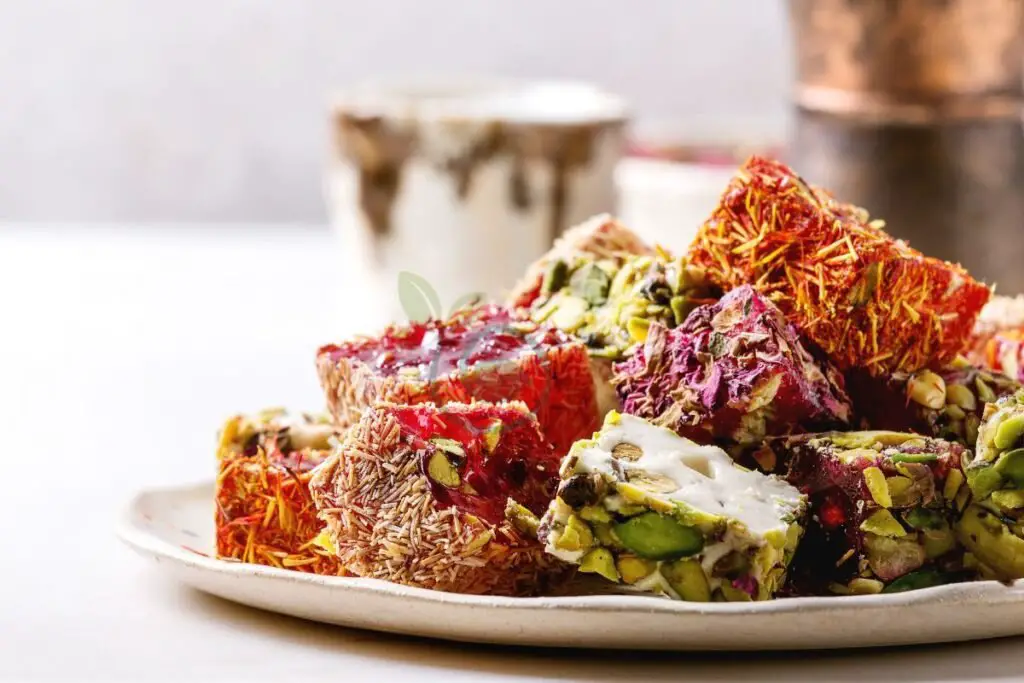
Red pear trees produce bright red fruits that are not only visually appealing but also versatile in the kitchen. The sweet juiciness of red pears makes them perfect for enjoying fresh, whether on their own or as part of a fruit salad. Their firm texture also holds up well when added to green salads, providing a delightful contrast to the leafy greens and other ingredients. Moreover, red pears can be an excellent addition to cheese platters, offering a juicy and slightly crunchy bite that complements various types of cheeses.
Baking, or grilling. These methods enhance the natural flavors of the pears while maintaining their bright red color and firm texture. Whether it's adding depth to a savory dish or bringing out their sweetness in a dessert, red pears are truly versatile in the kitchen.
Recipe Ideas
Incorporating red pears into your culinary creations opens up a world of delicious possibilities. For instance, try adding sliced red pears to a spinach salad with walnuts and blue cheese for an enticing mix of flavors and textures. The crispness of the pear slices pairs beautifully with the earthy notes from the spinach and nuttiness from the walnuts.
Another delightful way to enjoy red pears is by poaching them in spiced syrup for a refreshing dessert option. This method allows you to infuse the fruit with warm spices like cinnamon and cloves while gently tenderizing them until they reach just the right level of softness without losing their bright red color.
Furthermore, consider using thinly sliced red pears as the star ingredient in a delectable tart. Whether you opt for an open-faced galette-style tart or a classic closed pie format, showcasing these vibrant fruits atop flaky pastry creates an eye-catching centerpiece for any occasion.
Growing Your Own Red Pear Tree
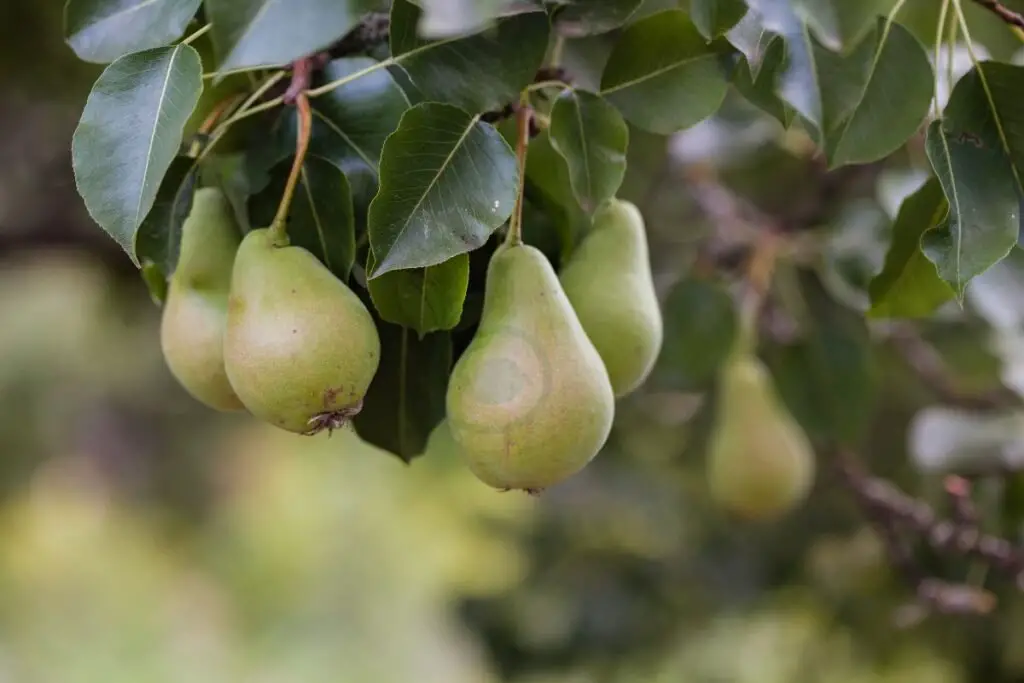
When picking ripe red pears, look for a firm but slightly yielding texture. Avoid overly soft or bruised fruits as they may indicate overripeness or damage. The skin color should be vibrant without any signs of shriveling, ensuring the fruit's freshness and ripeness.
It's important to select red pears that are just right - not too hard and not too soft. When you gently press near the stem, the area should yield slightly, indicating that it's ready to eat. Overly soft or mushy pears might be past their prime and won't offer the best flavor and texture.
Proper selection is crucial in enjoying delicious red pears at their peak. By choosing fruits with vibrant skin color and a balanced firmness, you can savor them at their best.
Caring for Red d'Anjou Pear Trees
Red d'Anjou pear trees thrive in moderate temperatures during spring and summer. These trees prefer a climate that is not too hot or too cold, making them ideal for regions with temperate weather conditions. Adequate chilling hours are necessary for proper fruit set. This means that the tree requires a certain number of hours at temperatures between 32-45°F (0-7°C) during its dormant period to produce healthy blossoms and fruits.
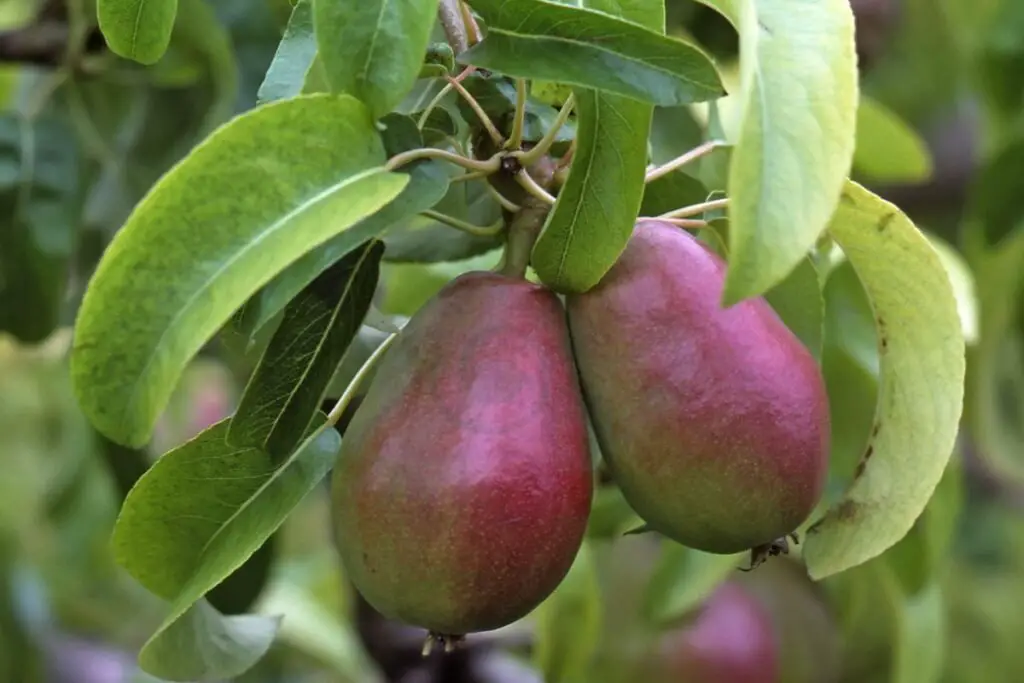
Avoid planting red pear trees in areas prone to late spring frosts. Late frosts can damage the blossoms, affecting the tree's ability to bear fruit. When selecting a location for planting, it's crucial to consider the potential risk of late frost occurrences.
Red d'Anjou pear trees require specific care and attention to ensure their optimal growth and productivity.
Regularly monitor red pear trees for pests such as codling moths or aphids. Inspecting the leaves, branches, and fruits will help identify any pest infestations early on so that appropriate measures can be taken promptly.
Provide appropriate fertilization based on soil nutrient levels. Conducting a soil test will determine the specific nutritional needs of your red pear tree. Based on the results, you can apply fertilizers containing essential nutrients like nitrogen, phosphorus, and potassium to support healthy growth.
Maintain consistent moisture levels through irrigation management. Red d'Anjou pear trees benefit from regular watering especially during dry periods or when they are establishing roots after planting.
The Pear-fect Harvest
Harvesting Timeframe
Harvest time for red pear trees can vary depending on the specific variety. Ripe fruits should be gently twisted off the branch rather than pulled to avoid damaging the tree. Early morning harvest is ideal as lower temperatures help preserve fruit quality.
It's crucial to consider the specific variety of red pear tree you are dealing with. For instance, while some varieties might be ready for picking in late summer, others might not reach their peak ripeness until early fall. When picking ripe red pears, remember to twist them gently off the branch instead of pulling them forcefully.
Aiming for an early morning harvest is beneficial due to cooler temperatures that can help maintain fruit quality. The lower temperatures during this time can prevent premature softening or overripening of the harvested fruits.
Storing Techniques

After harvesting your red pears, proper storage techniques are essential for prolonging their shelf life and preserving their flavor and texture. Ripe red pears should be refrigerated promptly after harvesting to maintain their freshness for a longer period.
When storing unripe red pears, it's best to keep them at room temperature until they reach the desired level of ripeness. Placing unripe fruits in a paper bag can expedite the ripening process by trapping ethylene gas produced by the fruits themselves.
To ensure optimal storage conditions and prevent premature ripening, avoid placing ripe or unripe red pears near ethylene-producing fruits such as bananas or apples.
Final Remarks
So, there you have it - the lowdown on red pear trees! From the vibrant hues of Red Bartlett Pears to the compact charm of Dwarf Red Bartletts, we've covered it all. Now that you're armed with the know-how of cultivating and caring for these beauties, it's time to bring that green thumb into action. Whether you're dreaming of a backyard orchard or simply craving the juicy sweetness of homegrown pears, get out there and start planting! Your future self will thank you for the delicious harvest.
Now, go forth and let those red pear trees flourish in your garden. Happy growing!
Frequently Asked Questions
Can I grow a red pear tree in a small garden?
Absolutely! Consider planting dwarf red Bartlett pear trees. They are perfect for smaller spaces and still produce an abundance of delicious, crimson pears.
How do I care for my red d'Anjou pear tree during the winter?
Ensure your red d'Anjou pear tree is well-watered before the ground freezes. Mulch around the base to protect its roots from extreme cold, and consider wrapping the trunk with protective material to shield it from harsh weather conditions.
What makes red Bartlett pears unique compared to other varieties?
Red Bartlett pears stand out with their vibrant skin and sweet flavor. They're excellent for snacking, baking, or adding a pop of color to salads. Their versatility makes them a favorite among home cooks and chefs alike.
When is the best time to harvest red pears?
The ideal time to harvest red pears is when they reach maturity on the tree but are still firm. Check for a slight change in skin color and gently twist one off – if it comes away easily, it's ready! Then let them ripen indoors at room temperature.
How can I enhance my culinary creations using red pears?
Red pears bring both sweetness and visual appeal to dishes. Try incorporating them into salads with nuts and cheese, poaching them in wine or spices, or baking them into tarts or crisps for delightful desserts that will impress any palate.
Image Source: Paid image from CANVA


